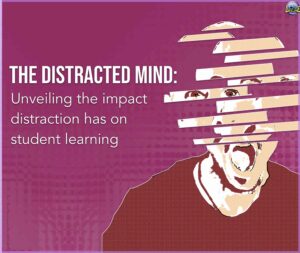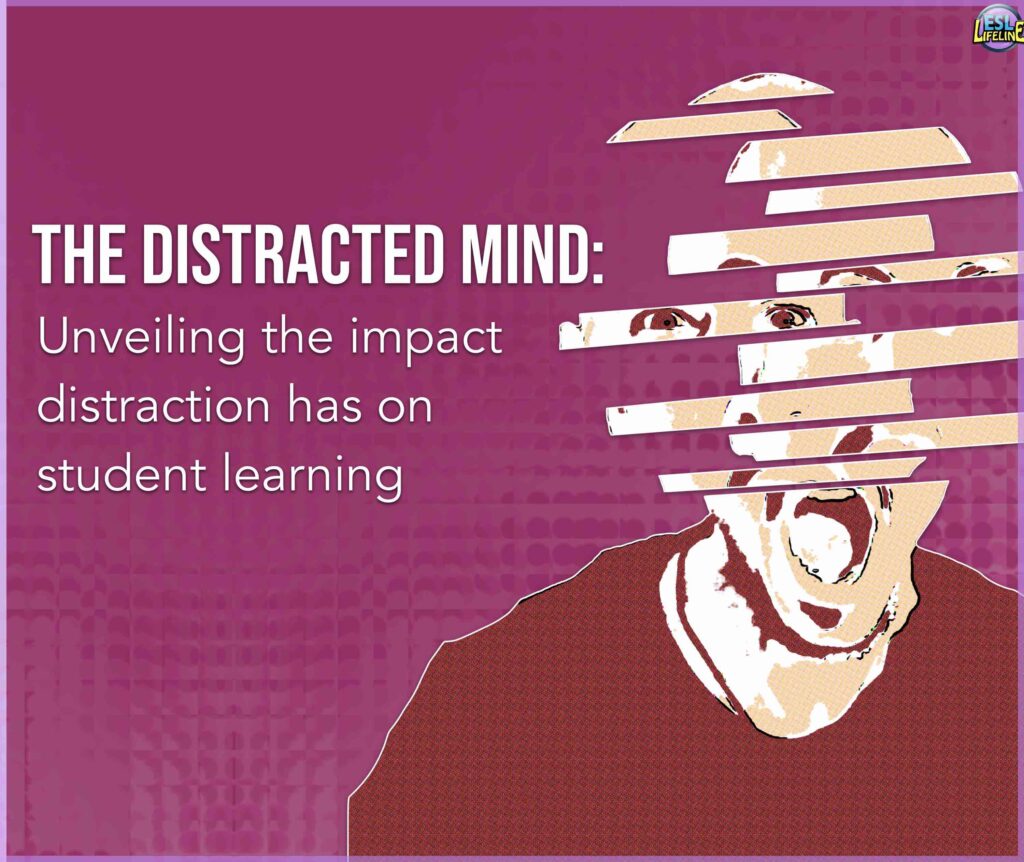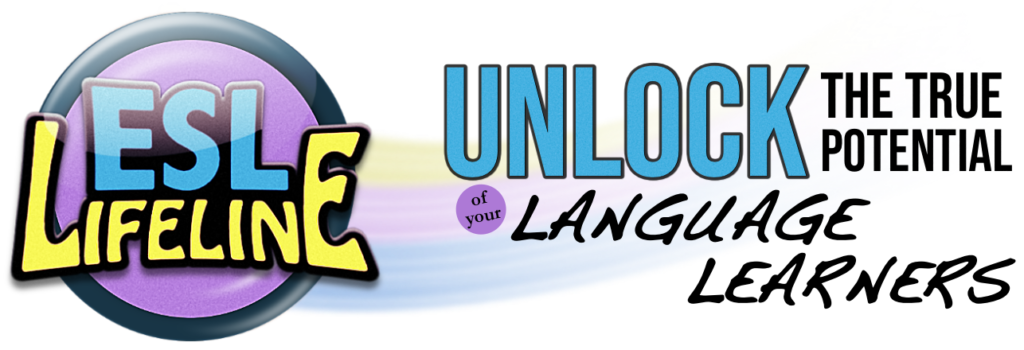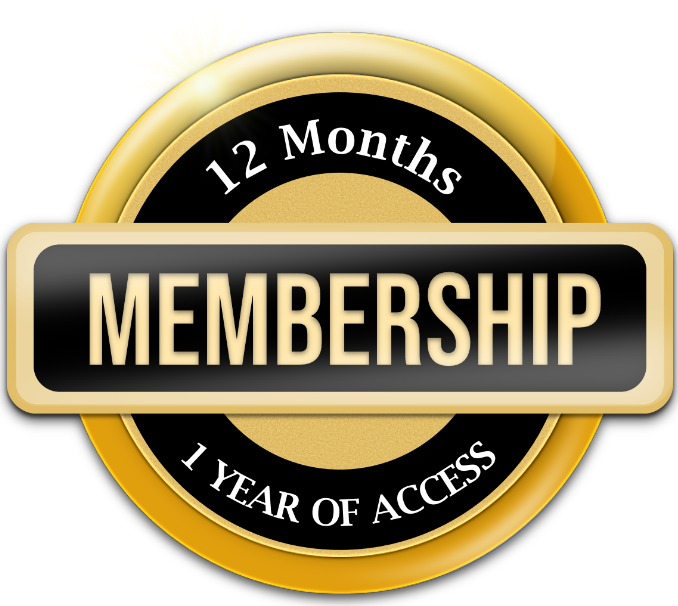
Table of Contents

Subscribe to Our Newsletter
Interested in access all resources and materials on ESL Lifeline for one low price? Click here to find out how!
The Distracted Mind: Unveiling the Impact on Student Learning

Introduction
In today’s fast-paced digital age, where information is just a click away, students face an unprecedented challenge: distraction. As technology infiltrates classrooms and homes, creating an addiction to smartphones, educators and parents must address this pressing issue to safeguard the quality of student learning. This blog post delves into the detrimental effects of distraction on education and highlights the importance of taking this problem seriously. Moreover, we will explore unique and innovative strategies that can help mitigate distractions and improve students’ attention, comprehension, and listening skills.

The Downward Spiral of Distraction
Distraction has become an omnipresent obstacle in the realm of education, hampering students’ ability to concentrate, retain information, and achieve their full potential. The detrimental effects of distraction on student learning are manifold, affecting academic performance, cognitive development, and overall well-being.
Impaired Attention Span
Constant exposure to digital devices and social media has shortened students’ attention spans, making it increasingly difficult for them to focus on tasks and retain information. Which leads directly to reduced comprehension. Distraction fragments students’ ability to comprehend complex concepts, resulting in shallow understanding and limited critical thinking skills. This hinders their ability to connect ideas and synthesize information effectively. Parents experience this as a lack of understanding of consequences at home and educators see it in how easily their students get off task. Both, though, experience the same headache.

Declining Listening Skills
Engaging in continuous multitasking or digital distractions inhibits active listening, a vital skill for effective learning. As a result, students miss out on important instructions, nuances, and classroom discussions, impeding their overall academic progress.
Taking Distraction Seriously
To tackle the growing issue of distraction, it is crucial for educators to have the right tools at hand, like a lesson plan dedicated to bringing awareness to distraction. Recognizing the seriousness of this problem and implementing appropriate strategies can pave the way for an improved learning environment. Here are some other key points to consider:
- Creating Distraction-Free Spaces: Designing learning environments that minimize external distractions can have a profound impact. From classroom layouts to dedicated study spaces at home, providing students with an environment conducive to focus and concentration is crucial.
- Incorporating Multi-sensory Learning: Engaging students through multi-sensory activities helps combat distraction by stimulating various senses and enhancing learning experiences. Incorporating visual aids, hands-on tasks, and interactive discussions can enhance comprehension and retention.
- Developing Student Agency: When students have a say in how they can show their understanding, they are often more invested in their own education. Using things like choice boards or differentiated learning strategies can necessarily mean the difference between an attentive and inattentive learning environment.
- Introducing Distraction Management Techniques: Equipping students with effective techniques to manage distractions is vital. Teaching them mindfulness exercises, self-regulation strategies, and setting clear boundaries for technology usage can empower students to take control of their own learning.
- Educating Explicitly: Bringing awareness to the problem of distraction helps bring attention to the problem. Teaching students how distraction happens in the first place can start to open discussions for combating distraction and keeping it out of the classroom.
The Right Tools
So much of what teachers do in the classroom can be complimented by having the right tools in place. This auditory comprehension lesson focusing on Distraction truly is excellent for raising your students’ listening skills while getting them to understand why they become distracted in the first place. While using scaffolding activities, they’ll also learn how to use their attention as a tool for success.
In Summary
Distraction poses a significant threat to student learning in the digital age. It is imperative for educators and parents to acknowledge and address this challenge to ensure optimal learning environments. By implementing innovative strategies and utilizing tools like the Distraction-Attention-Listening Comprehension Podcast, we can empower students to overcome distractions, improve their attention spans, and cultivate a love for learning that transcends the boundaries of the digital world.
So, prioritize student well-being, and equip them with the tools they need to navigate the distractions of the modern world successfully.
Get my Distraction Listening Comprehension Resource and help your students learn how to combat distraction using their attention.
UNLIMITED DOWNLOADS
Interested in learning how you can transform your instruction and get your prep-time back??





